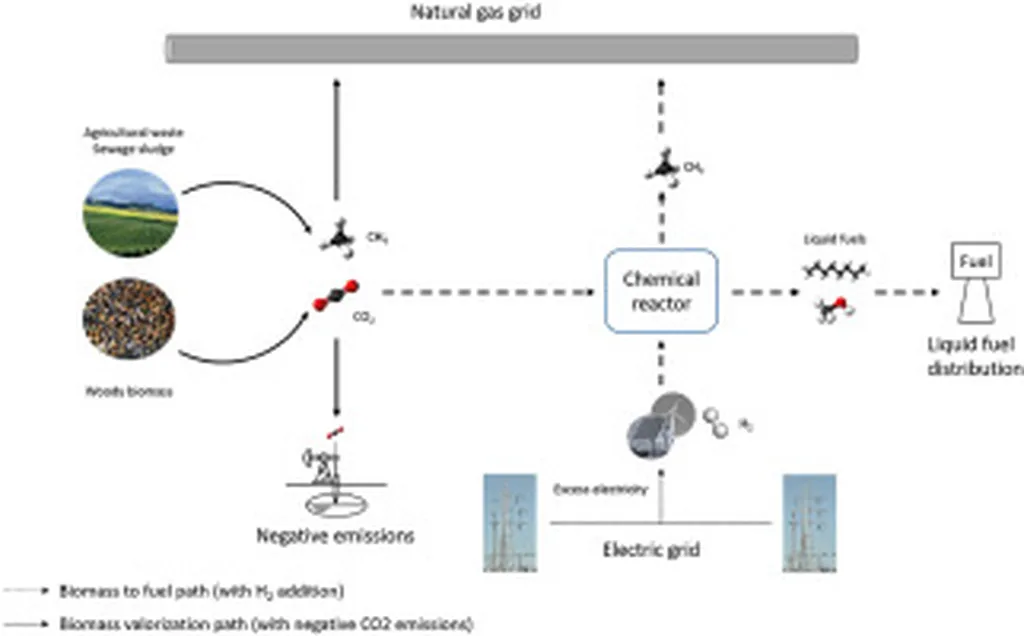Researchers at Aarhus University in Denmark have explored a promising method to produce advanced liquid biofuels with negative carbon dioxide (CO2) emissions, combining hydrothermal liquefaction (HTL) and carbon capture and storage (CCS). This innovative approach, published in the journal Energy Conversion and Management, could play a significant role in the decarbonization of the energy system.
The study evaluates the technical and economic feasibility of integrating HTL and CCS to produce sustainable liquid biocrude from forestry residues. HTL is a process that converts wet biomass into a liquid fuel, with CO2 as a side product. The researchers adapted the Selexol technology, typically used for acid gas removal, to simultaneously separate CO2 from the HTL gas and recover excess hydrogen for biocrude upgrading.
The integration of CCS in the HTL process, known as Bioenergy with Carbon Capture and Storage (BECCS), has not been extensively explored in previous research. The study found that the additional cost of carbon capture could be offset by revenues from excess process heat and the European carbon allowance market. The impact on the minimum fuel selling price (MFSP) of the HTL base case ranged from -7% to 3%, with a 15% reduction in the most favorable scenario. Moreover, the process demonstrated a greenhouse gas (GHG) emissions reduction potential of 102-113% compared to the fossil baseline.
This research suggests that implementing CCS in the HTL process is a promising alternative from technical, economic, and environmental perspectives. As advanced liquid biofuels and negative emission technologies (NETs) are expected to play a crucial role in future energy scenarios, this integrated approach could contribute significantly to the decarbonization of the energy sector.
This article is based on research available at arXiv.

